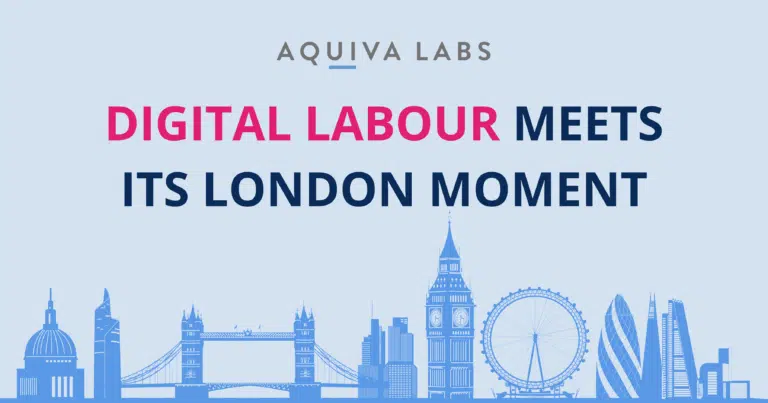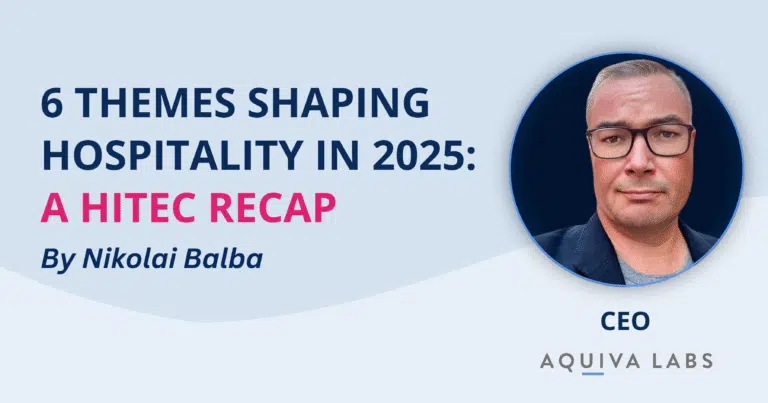Salesforce’s Summer ’25 release introduces meaningful shifts for ISVs. In our recent webinar, Aquiva Labs brought together technical leaders from Salesforce and our own architecture team to unpack what’s changing, what’s coming, and what ISVs should be preparing for now.
Here are six updates that stood out.
Want to watch the webinar in full? You can check it out here!
1. ICU Format Enforcement: Upgrade Your API Versions — Or Block Your Rollout
What’s Changing
Salesforce is transitioning from JDK to ICU locale formats. This affects how dates, times, currencies, and other region-specific data are rendered across the platform.
Why It Matters
The shift ensures formatting consistency across standard and custom components, improves compatibility with ICU-compliant systems, and supports globalized deployments. But there’s a catch: if any metadata in your org (Apex, Flows, LWCs) uses an API version below 45, the ICU update won’t be enabled. Managed packages can also block the transition.
As Michael Holt noted, this can lead to formatting mismatches where standard components show ICU, and legacy package components still use JDK. The result: a fragmented UX.
What to Do
- Audit your metadata for components using API version < 45
- Upgrade to the latest stable API version
- Retest thoroughly
- Integrate detection into CI/CD pipelines to prevent future blocks
Be aware: LMA and COA are not yet ICU-ready, which can delay rollout in partner business orgs

2. 1GP → 2GP Migration: Now Available (for Some)
What’s Changing
The long-requested migration path from first-generation (1GP) managed packages to second-generation (2GP) is now GA. This unlocks modern development capabilities: modular packaging, flexible versioning, and source-driven workflows.
Why It Matters
ISVs can move away from monolithic builds and toward better DevOps hygiene. 2GP enables smaller, same-namespace packages and faster CI/CD processes. As Marco Kuster emphasized, this also aligns with where Salesforce is heading—future features may be 2GP-only.
But the rollout is staggered. As Jakub Stefaniak explained, “If the command fails, your org isn’t eligible yet.” There’s no escalation path, but Salesforce is aiming for all organizations to be eligible by Dreamforce in October.
What to Do
- Check if your partner business org is eligible
- If not, use this time to prepare your architecture and CI/CD setup
- Consider refactoring large apps into modular components now
- Expect this to be more than a migration—it’s a shift in how your teams ship

3. Agentforce Gets Real: Templates and LWC Targets Are Now In Play
What’s Changing
Agentforce has two major updates:
- Templates – ISVs can now package agents as clone-by-copy templates. Customers can spin up working agents immediately after install.
- New LWC Targets –
lightning__AgentforceInputandlightning__AgentforceOutputlet developers customize agent input and output interfaces directly.
Why It Matters
Before Summer ’25, agent adoption often stalled. Packages shipped only actions, and customers had to manually wire up agents post-install. Now, templates eliminate that friction. As Michael noted, the ability to ship agents that work out-of-the-box shortens time-to-value and cuts down support load.
The new LWC targets also allow ISVs to embed branded, dynamic UI directly inside Agentforce, which merge classic app experiences with agentic flows.

What to Do
- If you’re shipping agent actions today, start building templates
- Use the new LWC targets to enrich agent UX with your own components
- Expect template discoverability to become AI-driven in future releases
4. Security Review Update: Chimera Is Deprecated
What’s Changing
Salesforce is decommissioning the Chimera DAST scanner. ISVs can no longer rely on it for security review resubmissions.
Why It Matters
Dynamic application security testing (DAST) remains mandatory for non-native apps. ISVs must now adopt third-party tooling like OWASP ZAP or BurpSuite. Marco noted that re-review frequency is tied to app complexity and review history.

What to Do
- Replace Chimera with modern DAST tools immediately
- Educate your team on setup, scanning, and documentation requirements
- Monitor your partner console for resubmission notices
5. SLDS 2 and the New Linter: Align or Be Left Behind
What’s Changing
SLDS 2 introduces a new styling architecture: composable CSS, styling hooks, and more modern UI patterns. The first theme built on SLDS 2—Cosmos—is now in beta. A new SLDS linter helps validate Lightning components against SLDS 2 standards.
Why It Matters
SLDS 2 is optimized for AI-generated interfaces and dynamic experiences. As Marco pointed out, “These standards help AI generate more high-quality output.” Jakub emphasized that code built without SLDS 2 alignment risks hallucination-prone AI and inconsistent UX.
What to Do
- Opt into SLDS 2 beta in your sandbox
- Review component styling for compatibility
- Use the SLDS linter locally and in CI/CD to enforce consistency
- Begin migrating hardcoded styles to hook-based architecture
6. Salesforce Code Analyzer v5: Prepare for the Cutoff
What’s Changing
Salesforce Code Analyzer v5 is now GA. It includes a dedicated AppExchange rule selector, supports Flow and Regex scans, and integrates with Agentforce for Developers. Code Analyzer v4 will be retired in August 2025.
Why It Matters
Preparing for Security Review is easier with the “AppExchange” rule tag. New scan types (Flow, Regex) catch previously missed vulnerabilities. Developers can now act on suggestions directly within their workflow.
What to Do
- Switch from v4 to v5 immediately
- Use the AppExchange rule selector in pre-review pipelines
- Monitor for Agentforce and AI-specific issues in your codebase
- Apply auto-fixes where safe to reduce tech debt fast
Wrapping Up
The Summer ’25 release sends a clear signal: Salesforce is doubling down on modular architectures, agentic user experiences, and automation-ready development. For ISVs, that means cleaning up technical debt, modernizing DevOps, and building for discoverability—not just installability.
Whether you’re still running 1GP or already building agent-first products, the roadmap is converging. These aren’t isolated updates—they’re structural shifts. Now’s the time to adapt.
We’re Here to Help
If your organization is evaluating the changes and impacts to migrate from 1GP to 2GP, we’re here to help. We’re offering a free 30-minute discovery session to help you understand hurdles and impacts of making the change — just fill out the form below!
Author

Jacob Rouser
Head of Marketing




